Race for Water Odyssey Faces Pollution in Palau
Published on August 26th, 2015
Koror, Palau (August 26, 2015) – Arrived on the archipelago on August 20th, the Race for Water Odyssey (R4WO) has completed its scientific analyses in the Pacific Ocean. The beaches of this paradise for tourists held an unfortunate share of bad surprises when it came to plastic pollution. After stopovers on Easter Island, Hawaii, and Guam, the team left the island of Koror this morning, heading towards the trash vortex of the Indian Ocean.
Beloved by scuba divers, this paradise-like archipelago turned out to retain a lot of plastic pollution as the R4WO discovered on the four beaches it studied. Selected in collaboration with Dr. Pat Collins and Dr. Andrew Bauman, these beaches showed that the archipelago is suffering from the effects of marine pollution, despite its distance from the trash vortexes of the Pacific Ocean.
While the latest samples taken from the North Pacific revealed a large quantity of micro and macro plastic waste, the R4WO team was most surprised by the quantity of macro plastic pollution found on Koror. The field team was confronted with beaches filled with a great amount of well-preserved trash but relatively free of micro plastic particles. Kim van Arkel, scientific advisor of the expedition, explains:
“Although this archipelago is not located directly within a vortex, ‘local’ pollution may play a big role. In fact, Palau finds itself near countries like China and Indonesia. Therefore, it is very likely that they are the source of a large part of the objects that wash up onto the beaches here. The local character of this pollution also explains why many of the items found are in good shape, since they have not yet had the time to disintegrate or be chewed up by marine animals. Furthermore, typhoon season is well underway, which may explain the low amounts of micro plastic pollution on these beaches. With that in mind, it would be premature to conclude that the archipelago is not affected by this kind of pollution.”
Following these investigations, the Race for Water Odyssey set sail today and will reach the Chagos Archipelago in about ten days. There, it will begin analyzing plastic pollution in the Indian Ocean’s trash accumulation zone (trash vortex) in order to continue to build its global data corpus.
Click here for more information about the program in Koror.
Click here to follow the expedition live.
About the Race for Water Odyssey (R4WO)
Initiated by the Race for Water foundation, the “Race for Water Odyssey” is a unique expedition that aims to draw up the first global assessment of plastic pollution in the ocean by visiting island beaches situated in the 5 trash vortexes. In less than 300 days, over 40,000 nautical miles will be traveled, punctuated by 11 scientific stopovers and 9 outreach stopovers, involving a total of 13 countries. The Race for Water Odyssey benefits from the support of ISAF, Duke University, Oregon State University, senseFly, Swisscom and Swissnex.
About the Race for Water Foundation
Founded in Lausanne in 2010, the “Race for Water” Foundation’s mission is to preserve our planet’s most valuable resource: water. The foundation is an officially recognized non-profit organization seeking to implement concrete and sustainable actions, focusing on two main themes: protecting oceans and freshwater. “Race for Water” initiates projects aimed at raising awareness and taking concrete action on the ground. These actions are directed at four target audiences: economic players, political bodies, the scientific community, and the general public—with particular emphasis on future generations. “Race for Water” collaborates with organizations such as UNESCO, UNEP, IUCN, WWF, and WBCSD.


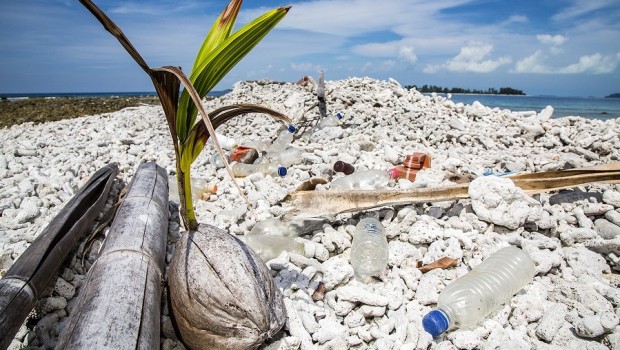


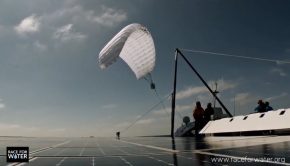
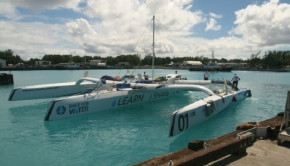
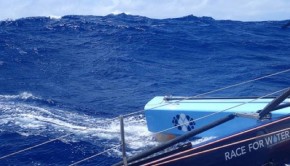
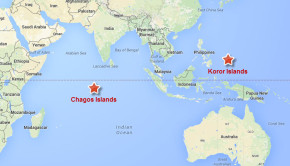
 We’ll keep your information safe.
We’ll keep your information safe.